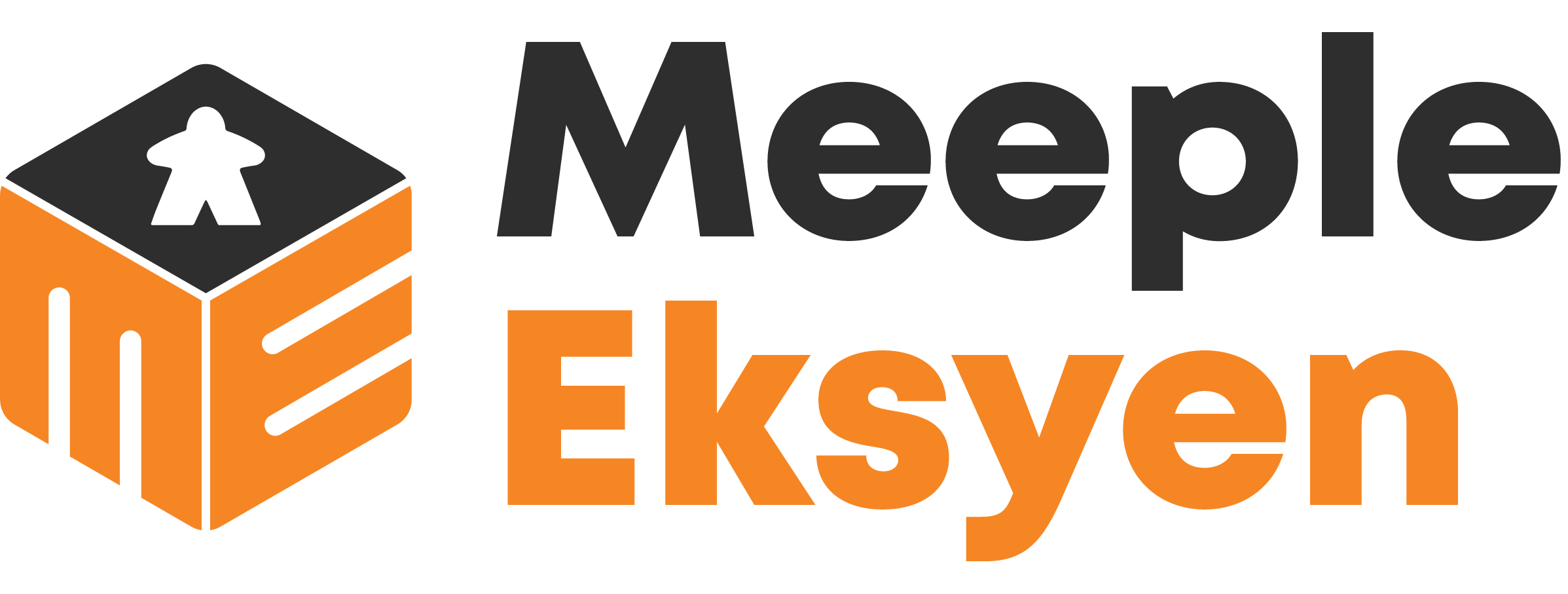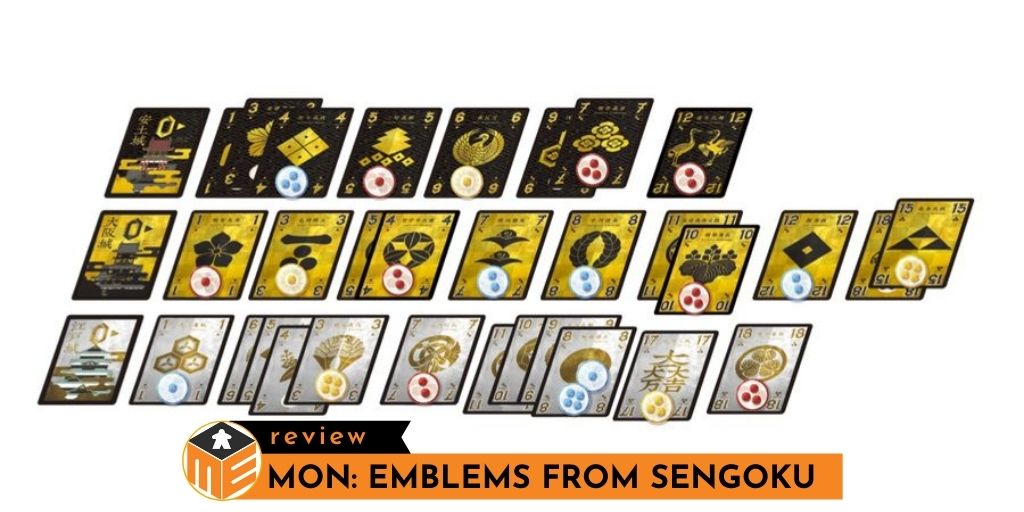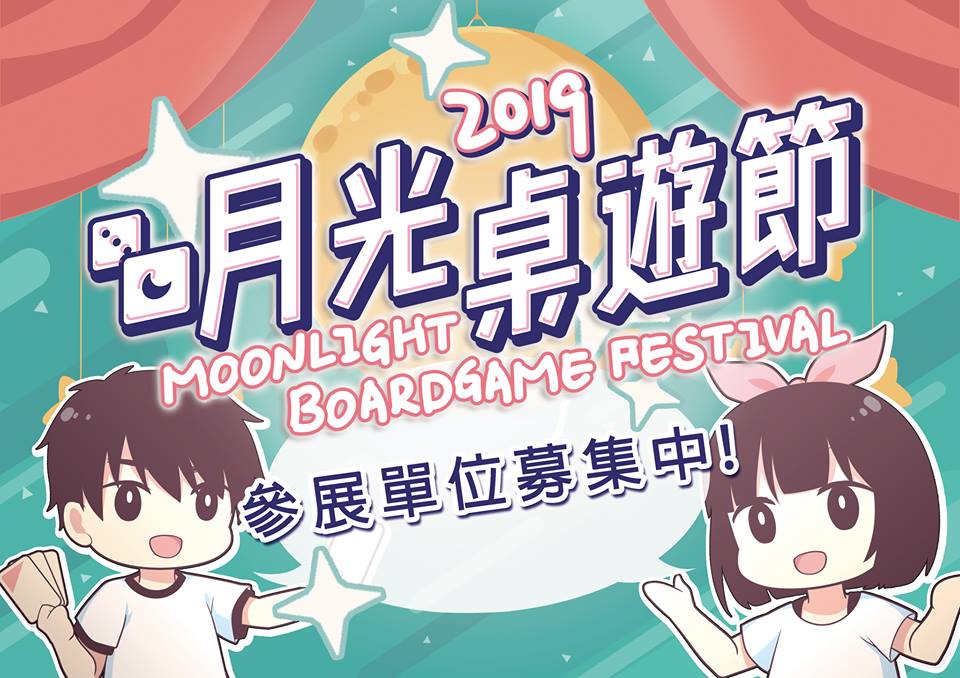Japanese culture has always been fascinating for me. Feudal Japan’s long history of struggle with all its samurai stories is interesting, no wonder many games have brought it up. Mon: Emblems from Sengoku depicts all the factions and mentions most of the prominent characters, bringing it into a 15-minute card game. Mon (紋, もん) means family crest, and it was borne with pride by the samurai during the 16th century’s Sengoku Jidai.
A short disclaimer before you read my board game analysis
As an avid euro gamer and hardcore Legend of the Five Rings (L5R) LCG player, my reviews may reflect a preference for these styles, and I may not cover solo games/variants extensively. Please note that my personal remarks are based on my gaming experiences, and I aim to provide honest insights within the scope of my preferences.
I couldn’t find any resource which could be more helpful to explain how to play Mon: Emblems from Sengoku than its BGG entry. They already added the rulebook into the file section, too. Please read it beforehand to understand what I’m actually writing here.
FIRST IMPRESSIONS
Mon: Emblems from Sengoku is a mini-game, stuffed inside a compact packaging. Besides the numbers printed on the card, they portray beautiful emblems and the historical names who bore it during the war, too. It never hurts to get accompanied by great artworks during gameplay. The names are purely for flavour purpose, and what matters for the game is just the set of numbers.
The first time I saw these numbers on the cards, I initially expected a trick-taking mechanic implemented. We have to admit, that mechanic has become popular recently.
We also have some game reviews with this implementation that may be interesting for you. Fortunately, Osami Okano decided to do something else with the game.
WHAT I LIKE FROM MON: EMBLEMS FROM SENGOKU
Games with small box capture my heart easily, and Mon: Emblems from Sengoku is not an exception. It saves storage at home and space when I travel. As mentioned, it is a mini-game, but you can host a ‘big’ gaming party with it. Thanks to its player count, I had fun with five other players easily with this game.
Does it belong to the party game category? Well, I don’t really think so. Definitely, players need to relay on luck a bit for the cards in hands and the ones they draw. However, it’s not a parlour game that you can play without involving any thoughts.
Surely, Mon: Emblems from Sengoku is not a strategy game. For me, the situation changes a tad too much on the board to plan something ahead. This game is more about deciding what’s the most efficient to do in the present situation with the cards in hands. Hence, to say that it’s a tactical kind of game is not too far-fetched.
A simple mechanic & SCORING
The game makes use of a straightforward one: the layering mechanic. With this simple mechanic, players layer a card on top of the other cards present on the table.
The layering is limited by some set of rules and implemented further with melding and splaying. This is the sole way to score points in Mon: Emblems from Sengoku.
Scoring depends on whether the numbers get sorted in ascending or descending order. It changes how points are calculated later on. It may sound elementary for some, but Studium Mundi really taught me to go back to the gaming basic: to be a good game, it doesn’t always have to be complex.
Simply put, players will play a card into one out of three possible colours. These cards make a line of number in either ascending or descending order. We don’t get the points directly after playing the cards, and it makes the game more interesting. The potential points and to whom it will be rewarded later are marked with the scoring token. But then again, they are just potential points. Not only we have to score the points from this line, we also have to defend from other players stealing the points we potentially make at the end of the game.
DESCENDING Layer to steal opponents’ potential point
Placing cards of higher numbers into the line provides more points at the end of the game. This mechanic potentially drives players to be greedy, but if not carefully executed, can cost them the points they have gathered for the scoring. As long as that lower card belongs to the range between the smallest and highest number in this order and colour, it can shift the order to descend. Another player can layer the last card with a lower number from that range.
When that happens, the points previously gathered from the ascending order do not count in the final scoring for the player who initially made that line. That’s what I meant with defending your potential points before.
Nevertheless, it is not an all-almighty mechanic that breaks the game. This descending order can also be continued by other players, as long as the requirements are fulfilled (the lower number still belongs to the range). The tweak is as follows: whoever places the last lower number cannot place another one on their following turns into that exact line. The player who lastly places the lowest number in this descending order will gain the point later on.
HIGH PLAYER COUNT
Up to six players can play Mon: Emblems of Sengoku, and the game has a nice way to scale the player count. The sweet spot is four players and above. It doesn't mean that duel and trio gaming are not fun, though. This is merely personal. More things happen on the board with more players, and it opens more possibilities during one session.
VERDICT
Mon: Emblems of Sengoku is a nice light game to have. If I need to say it honestly, it's something that you can tuck in between two separate sessions with more complex games. This is the one that you pick when you want a quick game. Thanks to its compact size, you can also bring it for your outdoor and travelling activities. If you want a new card game that rules out the trick-taking mechanic, Studium Mundi has something that may be interesting for you.
Do you love board games as much as we do? Support us!
Thank you for reading our articles! If you enjoyed our work and want more captivating board game contents, make sure to:
👉 Follow us on our social media — you can find us on ![]()
![]()
![]() Click one of the icons to land on our social media, or find us @meepleeksyen there, it's just a click away! Stay updated with our latest board game reviews and previews by following us on those platforms 📱👍
Click one of the icons to land on our social media, or find us @meepleeksyen there, it's just a click away! Stay updated with our latest board game reviews and previews by following us on those platforms 📱👍
💬 Do you have contrasting opinions? Leave a comment — share your thoughts with us, we'd love to hear (or read) yours! Have you played this game before? Did you have something similar as well? Or perhaps, something more personal, like what are your favourite board games? Let's discuss in the comments below!
🙏 Support Us! Your generous support can help us produce even better content in the future. If you love what we do, consider making a donation to our blog. Every contribution counts and means a lot to us! You can either donate locally with Indonesian Rupiah (IDR) via Trakteer ![]() or for international readers with another currency through Buy Me a Coffee
or for international readers with another currency through Buy Me a Coffee ![]() It helps us to survive, too! 💰 Click one of the button below 👇
It helps us to survive, too! 💰 Click one of the button below 👇
I am a full-time food technologist during weekdays. However, when the calendar hits weekends, I transform into an avid board gamer. I am a hardcore Legend of the Five Rings (L5R) LCG player from Fantasy Flight Games (FFG). Current hobby: buying board games. My shelf of shame’s list is getting longer, thanks to you, Kickstarter.









